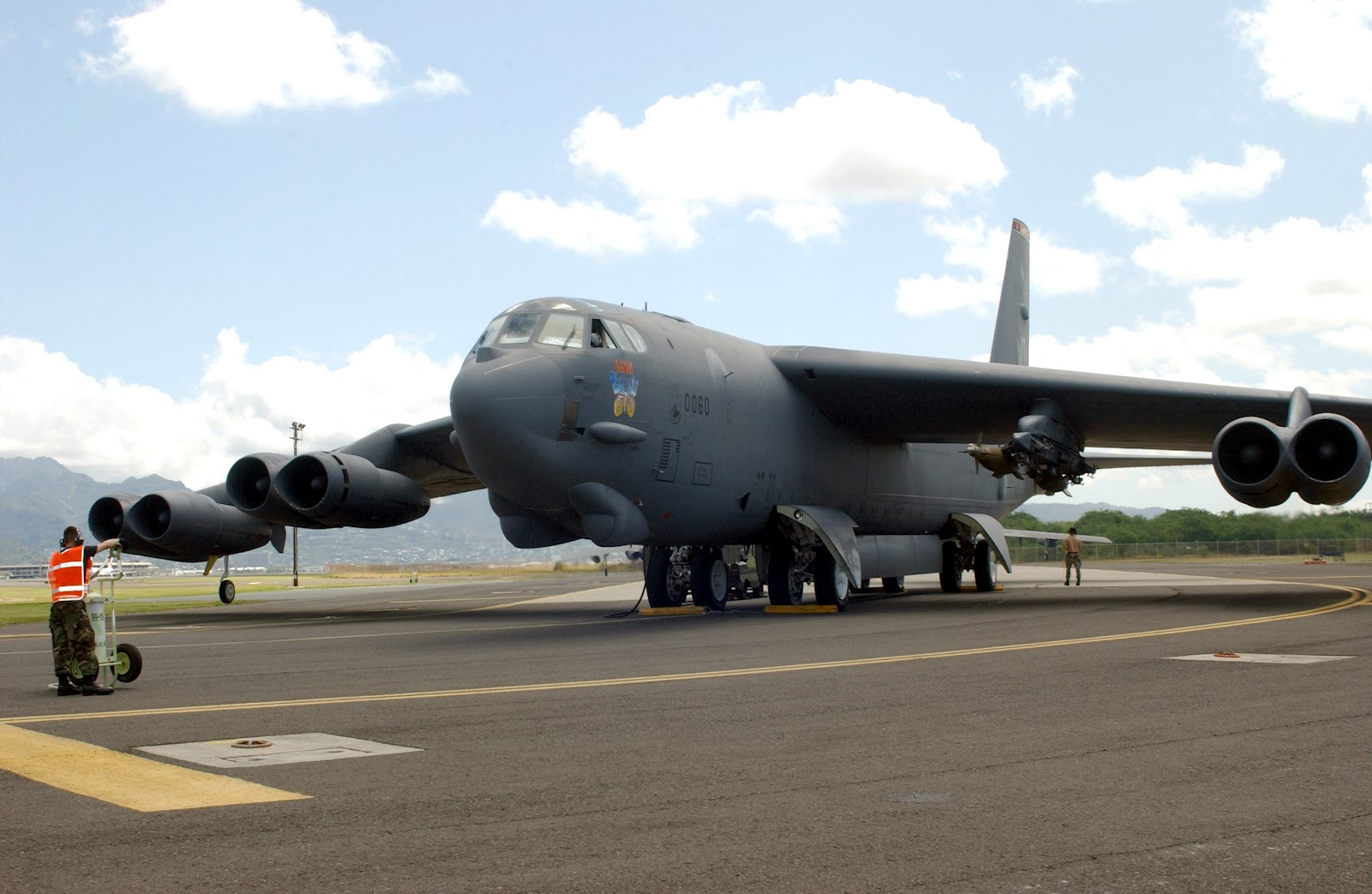
Few military planes have been as long-lived—or as versatile—as the B-52 Stratofortress. Conceived in the chilly early days of the Cold War, the B-52 has survived long past the wars it was intended for, and even many of the individuals who constructed it. Today, as the U.S. Air Force embarks on the most extensive makeover in the bomber’s history, the Stratofortress will turn into the B-52J, a model that will continue flying until the plane’s 100th birthday.

It’s not merely about prolonging life—this is about reconsidering the mission of one of America’s most legendary bombers in an age of fast-changing threats.

Why Refurbish a Bomber So Old?
The choice to go ahead with the B-52J is a necessity as well as a vision. The bomber fleet of the Air Force is growing old, and even though the B-52 is known for its ruggedness, its systems are aged. Among the 744 that came off the assembly lines between 1954 and 1962, only 76 are left, and their readiness rates have dropped.

But the B-52 is still a strategic workhorse—flying Cold War deterrence missions, bombing Iraq and Afghanistan, and evolving to new missions across decades. As the B-1B and B-2 head for the exit and the B-21 Raider steps in, the Air Force is looking to a two-bomber fleet: at least 100 stealthy B-21s matched with refurbished B-52Js to perform long-range heavy strike missions well into the mid-century.

Engines That Could Add Three More Decades
The crown jewel of the upgrade is the Commercial Engine Replacement Program (CERP). Gone are the Pratt & Whitney TF33s that have driven the B-52 since the ’60s. In are Rolls-Royce F130s—more efficient, less maintenance-intensive, and backed by a new commercial supply system.

The F130s offer about 30% improved fuel efficiency and significantly reduced operating expenses. They’ve been put to the test in simulations and on the ground extensively and should extend the service life by about 30 years, making the B-52 the first warplane in history to work its way into a century of service.

Radar, Avionics, and a Digital Cockpit
The B-52J isn’t merely receiving new engines. It’s receiving a new mind. An AESA radar based on the Navy’s AN/APG-79 (the F/A-18 Super Hornet) will provide it with greatly improved navigation, targeting, and situational awareness. It’s smaller than the antiquated mechanical radar, and it provides space for future growth.

The cockpit will receive updated digital screens, new avionics, and Link 16 networking, which will allow the B-52J to instantly share information with other U.S. and allied fighters. In today’s air combat—where electronic warfare and on-the-spot coordination rule—the heck, these are improvements that might just help save the day.

Ready for the Weapons of Tomorrow
The Stratofortress has always been a versatile weapons platform, but the J-model will take that to an even higher level. Its massive weapons bay and robust airframe make it ideal to carry next-generation weaponry—nuclear or conventional.

The Air Force is already experimenting with the B-52 using hypersonic missiles, long-range standoff missiles, and new nuclear bombs. It’s also been a test bed for lasers and drone-launch ideas. The B-52J will probably remain the default aircraft to try out the strike technology of the future.

Risks of Modernizing a Legend
Updating a 60-year-old bomber is not without risk. Pentagon testers themselves caution that adding new engines, avionics, and weaponry could introduce behind-the-scenes problems. Flight testing will need to confirm that all these upgrades are compatible with each other, and that the B-52 can once again execute aerial refueling, nuclear missions, and extremely long-range flights without surprise.

And then, of course, there’s the issue of wear and tear. These airframes have spent decades doing tough flying, and once opened up for significant work, there’s always the chance of exposing fatigue cracks, corrosion, or other structural problems.

How the B-52J Will Fit Into the Future Force
The B-21 Raider will be the stealthy deep-strike vehicle, intended to penetrate heavily defended airspace. The B-52J will have a supporting role—striking from afar with standoff missiles and heavy bomb loads. Air Force commanders envision the two operating in tandem, as part of larger multi-domain operations with cyber, naval, and allied forces.

The Stratofortress’s versatility to transport nearly anything, take off from nearly anywhere, and convert to a different mission is invaluable in an environment changing so swiftly.

A Symbol of Endurance
That it was possible for a bomber conceived with slide rules and riveted aluminum sheets to find a place in 21st-century war is testament to its original design—and the Air Force’s desire to make it worthwhile. The B-52J is not a fossil clinging to life—it’s a warhorse being reshaped for new wars.

If current plans hold, pilots will still be flying B-52s in the 2050s, and maybe beyond. In an era obsessed with what’s new, the Stratofortress proves that sometimes the smartest move isn’t replacing the old—it’s making the old better than ever.
